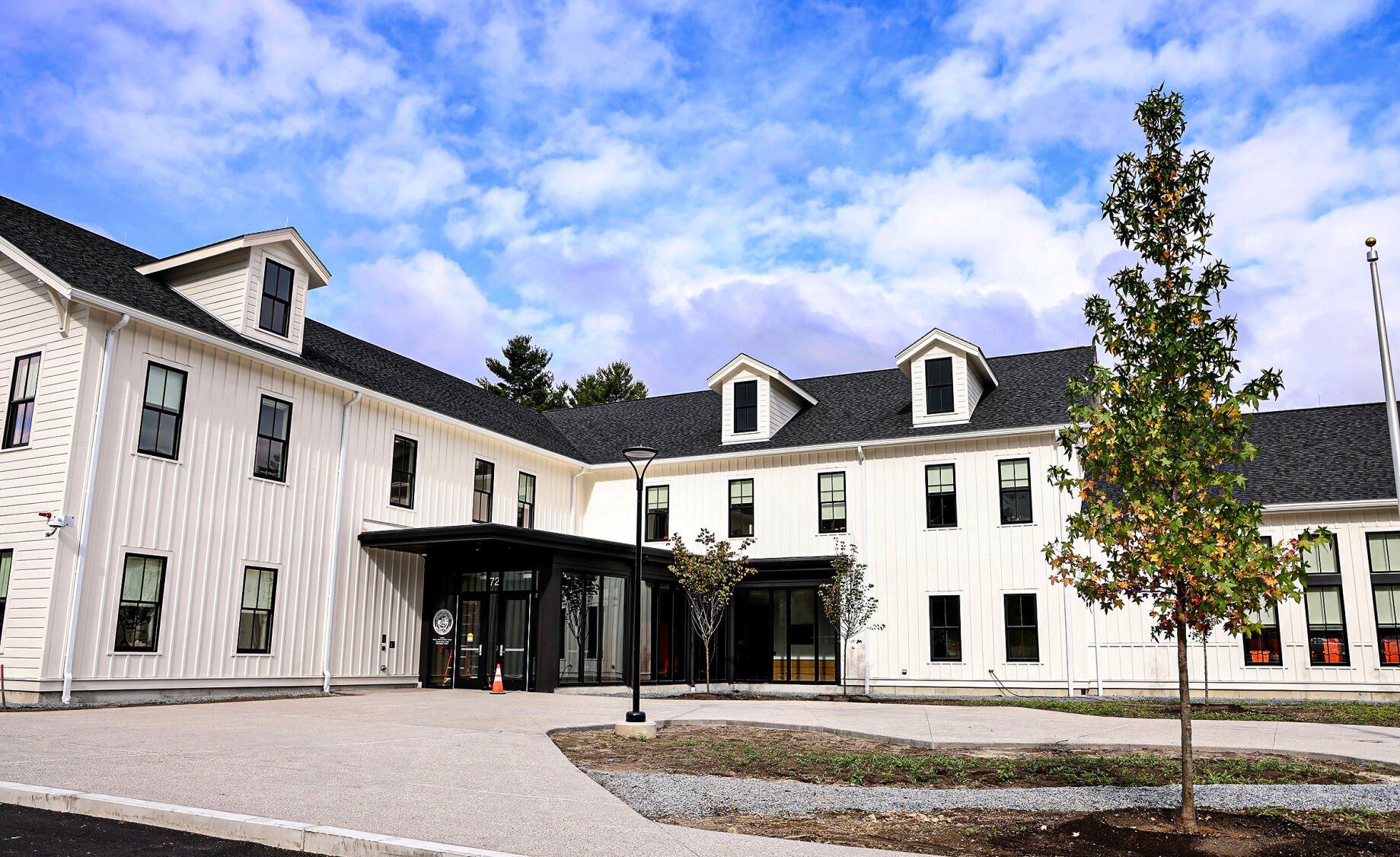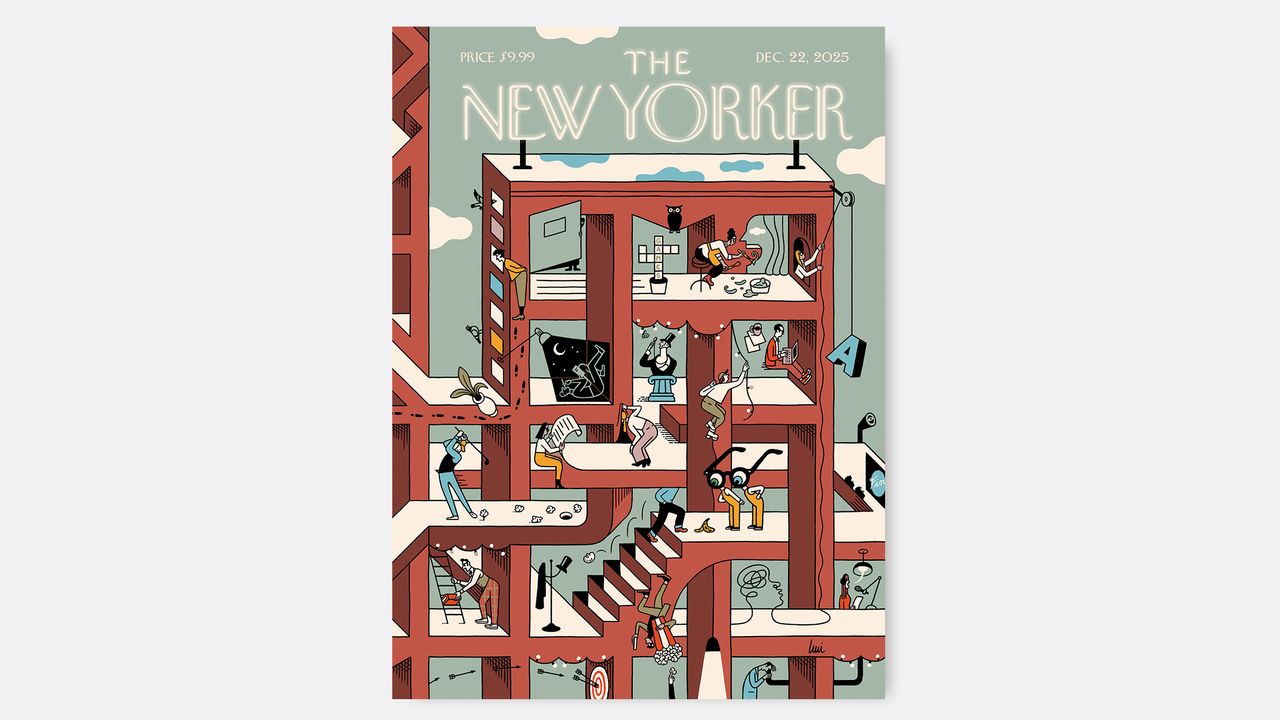Norton voters have delayed a sweeping proposal to discard the town’s existing zoning bylaw and replace it with a new one. Citing the need for careful review, residents at a recent town meeting opted to send the plan back to the planning board.
Norton town meeting rejects proposed bylaw change, sends it back for more study

Key Takeaways:
- Norton considered removing its existing zoning bylaw.
- Town meeting voters rejected immediate change and demanded further study.
- The proposal is returning to the planning board for additional scrutiny.
- Residents signaled a need for careful governance.
- The final outcome is still undetermined.
The Vote and Its Outcome
At a recent Norton town meeting, residents voted to reject a proposal aimed at discarding the community’s long-standing zoning bylaw. The rejected motion, which sought to replace the current regulations entirely, was met with concerns about potential impacts and insufficient clarity on how the new bylaws would be structured.
The Proposed Overhaul
Originally, the proposal intended to do away with the existing zoning bylaw—regulations that dictate land use and developmental guidelines—and replace it with an updated, more modern set of rules. Supporters argued that a fresh bylaw could streamline local governance and address new challenges. However, the specifics of how the new framework would function were at the heart of the debate.
Reason for Further Study
The primary reason for sending the bylaw revision back to the planning board is the public’s insistence on detailed analysis. According to the available information, voters expressed a desire for greater clarity regarding the implications of any new zoning structure. While some agreed on the need for modernization, the lack of in-depth examination prompted many to call for further review.
Next Steps for Norton
With the proposal returned to the planning board, the next phase involves conducting more thorough research and potentially making revisions based on community input. For Norton’s officials and residents alike, the ultimate goal remains balancing development needs with maintaining the character of the town. The timeline for a final verdict remains uncertain, reflecting local commitment to deliberation and consensus.











